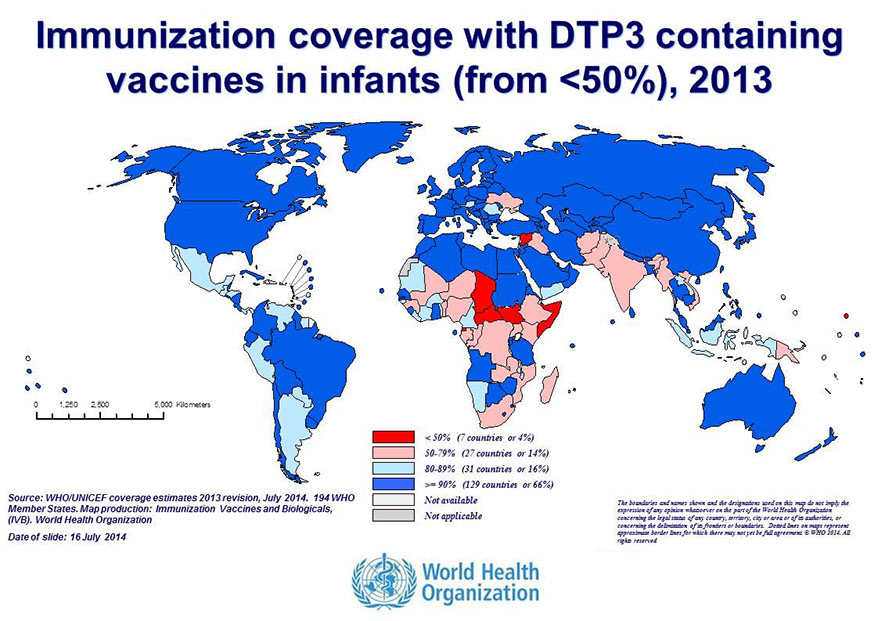ESSENTIAL TRAVEL SERVICES AVAILABLE MONDAY TO SATURDAY, 5% STUDENT DISCOUNT
Diphtheria
Diphtheria
Diphtheria is an infection caused by the bacterium Corynebacterium diphtheriae.
Signs and symptoms may vary from mild to severe. They usually start two to five days after exposure. Symptoms often come on fairly gradually beginning with a sore throat and fever.
In severe cases a grey or white patch develops in the throat. This can block the airway and create a barking cough as in croup. The neck may swell in part due to large lymph nodes. A form of diphtheria that involves the skin, eyes, or genitals also exists.
The risks for travelers
Ensure British Vaccination Schedule complete for all travelers including booster doses as teenagers.
Travelers should be aware of:
- Persistence of disease in many regions of the world to which unvaccinated individuals are susceptible
- Waning immunity from diphtheria vaccine with increasing age
- Individuals with an incomplete primary vaccination history for diphtheria, irrespective of region of travel
- 10 yearly boosters of vaccine should be given for travel to epidemic/endemic areas particularly where individuals will be mixing with the local population (e.g. health workers, teachers, volunteers)
Signs and symptoms of diphtheria
- Presentation varies depending on region of upper respiratory tract affected.
- Pseudomembrane characteristic – a grey/white membrane adherent to underlying mucosa resulting from toxin effects.
- Typically presents with fever, malaise and sore throat; pseudomembrane is visible on the tonsils and may extend to the rest of the pharynx/larynx.
- Associated with “bull neck” appearance – enlarged painful neck lymph nodes and soft tissue oedema.

©WHO
Back to Top